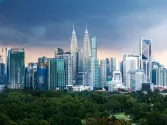Waste-to-Energy in India: Understanding interaction between technology and local waste characteristics a must in order to realise full potential
By Per RegnarssonAs India is experiencing rapid urbanisation, it faces a double challenge of managing ever-rising volumes of municipal solid waste (MSW) and securing electricity supply for its fast-growing urban population. Waste-to-energy (WtE) technology can help India address both of these needs while adding the benefit of avoided carbon dioxide emissions.
Estimated potential for WtE plants in India is 7,000 MW and roughly 58 million barrels of oil energy equivalent could be recovered from landfilled waste every year to be used for electricity generation or displacement of fossil fuels, via WtE or refuse-derived fuel. However, only 75 MW of capacity were installed by mid-2010. Realising full potential of waste-to-energy requires in-depth understanding of the MSW supply chain and waste management practices as well as innovative ways to lower technology and financing costs.
The gap between available feedstock and actual WtE installed base must be bridged by using appropriate technology, in terms of capital cost, suitability for MSW in a given location and its status as commercially proven technology in order to achieve funding.
Until recently, India’s experience with WtE has been a trying one. Both an incineration plant in Delhi and an anaerobic digestion plant in Lucknow, at 3.5 MW and 5 MW capacity respectively, closed just a few months after opening due to mismatch between quality of waste inputs and technology design. Refuse-derived fuel plants in Vijayawada and Hyderabad at 6 MW capacity each dealt with lower-than-expected calorific value of waste by buying supplementary agricultural biomass which significantly raised operating costs.
These challenges underline the importance of a thorough waste resource assessment, which will inform the choice of technology, and flexible WtE technology, which can accept more varied types of feedstock.
The government’s response aims to overcome these issues with several pilot plants for WtE. Subsidies to developers include funds for resource assessment and plant performance evaluation as well as capital costs. As energy derived from MSW is renewable, WtE plants are eligible for Renewable Electricity Certificates in addition to revenues from electricity sales.
Having successfully promoted technologies such as advanced plasma gasification, alongside technology providers, developers and investors in the European, Asian and North American WtE sectors, the key drivers of attracting private capital to Indian WtE are nevertheless the use of commercially proven technologies and the ability to secure long-term feedstock and off-take contracts with credible counterparties.
Clean World Capital Group are looking to transfer the tested financing models to India in order for the country to execute on the significant economic, social and environmental opportunities of using its waste resources for energy production.
Sources:
Sustainable Solid Waste Management in India, Columbia University Earth Engineering Centre, January 2012.
Infrastructure Development in a Low Carbon Economy, India Infrastructure Report 2010, IDFC.
Clean World Capital Group Research



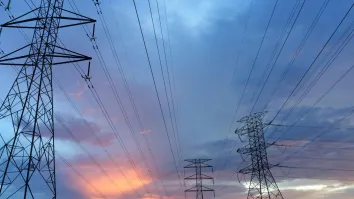
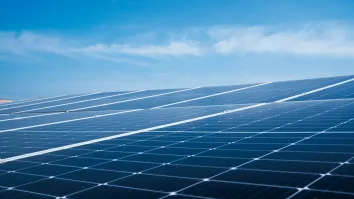
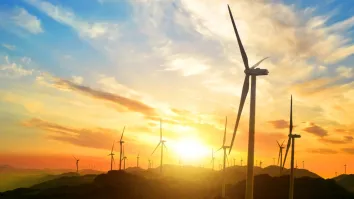
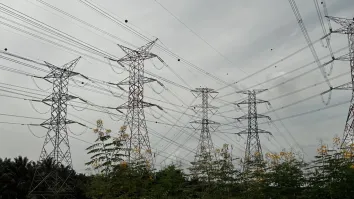




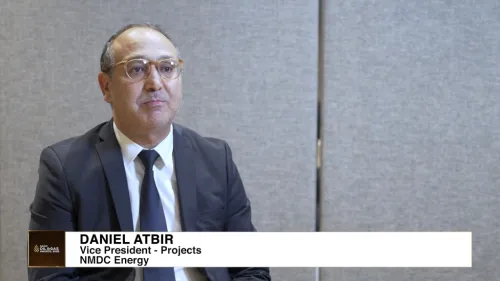

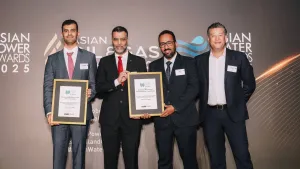






 Advertise
Advertise



